Introduction: A Culinary Fusion of Tradition and Flavor
In the vast realm of culinary arts, there exists a myriad of dishes that have stood the test of time, each with its unique blend of ingredients, techniques, and flavors. Among these, the combination of turtle and free-range chicken stew stands out as a culinary gem, offering a rich, hearty, and deeply satisfying meal. This dish, often found in the heartland of various cultures where both aquatic and terrestrial delicacies are cherished, combines the best of both worlds: the tender, succulent meat of the turtle with the robust, earthy flavor of free-range chicken.
The art of preparing turtle and free-range chicken stew is not merely about combining two meats; it’s about creating a symphony of flavors that dance on the palate, leaving a lasting impression. This guide aims to demystify the process, taking you through each step with meticulous detail, ensuring that even the most novice cook can achieve culinary excellence.
Ingredients: The Foundation of Flavor
Before diving into the cooking process, it’s crucial to gather the right ingredients. The quality of each component will directly influence the final outcome, so choose wisely.
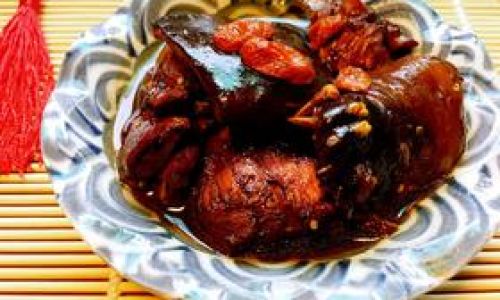
- Turtle Meat: Preferably from a young, healthy turtle. The meat should be firm and free of any odors. Turtle meat is known for its delicate texture and rich, slightly sweet flavor.
- Free-Range Chicken: Opt for a whole chicken or chicken parts (legs, thighs, and breasts) from a free-range bird. Free-range chickens offer a more flavorful and healthier option compared to factory-farmed birds.
- Aromatics: Garlic, ginger, shallots, and onions are essential for building a robust flavor base.
- Spices and Herbs: Star anise, cinnamon sticks, cloves, bay leaves, and black peppercorns provide depth and complexity to the stew. Fresh herbs like cilantro or parsley can be used for garnish.
- Vegetables: Carrots, celery, and potatoes add both texture and additional nutrients to the dish.
- Liquids: Good-quality chicken broth or homemade stock forms the backbone of the stew, while a splash of soy sauce, rice vinegar, or Shaoxing wine can enhance the umami.
- Seasonings: Salt, to taste, and a touch of sugar or honey to balance the flavors.
- Oils and Fats: A neutral oil like canola or grapeseed oil for sautéing, and optionally, a bit of lard or pork fat for added richness.
Equipment: Tools of the Trade
- Large Pot or Dutch Oven: Essential for slow cooking, allowing all the flavors to meld together.
- Sharp Knife: For precise cutting of ingredients.
- Wooden Spoon or Ladle: For stirring and serving.
- Tongs or Slotted Spoon: For removing cooked ingredients without losing the broth.
- Strainer: For separating solids from the broth, if needed.
- Blender or Food Processor (optional): For making a smoother broth.
Preparation: The Road to Perfection
-
Cleaning and Preparing the Ingredients:
- Begin by thoroughly cleaning the turtle meat and chicken. Remove any skin, bones, or fat that you do not wish to include in the stew. Cut the meats into bite-sized pieces for even cooking.
- Peel and chop the vegetables into large chunks. This will help them hold their shape during the long cooking process.
- Mince the garlic, ginger, and shallots. Slice the onions thinly.
-
Searing the Meats:
- Heat a large pot or Dutch oven over medium-high heat. Add a tablespoon of oil and, once hot, sear the turtle meat until lightly browned on all sides. Remove and set aside.
- In the same pot, add a bit more oil and sear the chicken pieces until golden brown. This step locks in juices and adds a layer of flavor to the broth.
-
Building the Flavor Base:
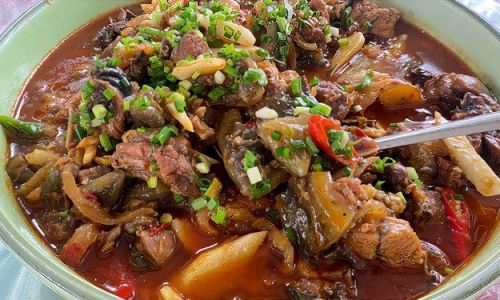
- Reduce the heat to medium and add the minced aromatics (garlic, ginger, shallots, and onions) to the pot. Sauté until fragrant and translucent, about 5 minutes.
- Add the spices and herbs (star anise, cinnamon sticks, cloves, bay leaves, and black peppercorns). Toast them lightly in the pot for a minute or two to release their aromas.
-
Adding the Vegetables and Broth:
- Return the seared turtle and chicken to the pot. Add the chopped vegetables (carrots, celery, and potatoes).
- Pour in enough chicken broth or stock to fully submerge all the ingredients. If using, add soy sauce, rice vinegar, or Shaoxing wine at this stage.
- Bring the mixture to a boil, then reduce the heat to low. Cover and let it simmer gently for at least 2-3 hours, or until the meats are tender and the flavors have fully developed.
-
Seasoning and Adjustments:
- After the initial cooking time, taste the broth and adjust the seasoning with salt. If the broth is too strong, you can add a bit more water or broth. Conversely, if it lacks depth, a pinch of sugar or honey can help balance the flavors.
- Continue simmering for another 30 minutes to an hour, allowing the flavors to meld further.
-
Final Touches:

- Once the meats and vegetables are tender and the broth is rich and flavorful, remove the pot from heat.
- If a smoother broth is desired, carefully ladle out some of the liquid and blend it until smooth using a blender or food processor. Return the blended broth to the pot and stir to combine.
- Taste again and adjust seasoning if necessary.
-
Serving:
- Ladle the stew into bowls, ensuring each serving has a mix of meats, vegetables, and broth.
- Garnish with freshly chopped cilantro or parsley for a burst of fresh flavor and color.
- Serve with steamed rice, noodles, or crusty bread to soak up the delicious broth.
Tips and Tricks for Culinary Mastery
- Patience is Key: Slow cooking is crucial for developing the deep, rich flavors in this stew. Rushing the process will yield a less satisfying result.
- Quality Ingredients: Always use the best ingredients you can afford. High-quality meats, fresh vegetables, and aromatic spices will make a world of difference.
- Taste and Adjust: Don’t be afraid to taste the broth throughout the cooking process and adjust the seasoning accordingly. Flavors will develop and change as the stew cooks.
- Experiment with Spices: While the traditional spices listed are essential, feel free to experiment with others that you enjoy. A pinch of cumin, coriander, or fennel seeds can add unique layers of flavor.
- Cooking with Bones: If using whole chicken or turtle parts with bones, consider roasting the bones separately to make a richer broth. This can be added to the stew for extra depth.
- Storage and Reheating: Leftovers can be stored in an airtight container in the refrigerator for up to 3 days. Reheat gently over low heat, stirring occasionally to prevent sticking.
Conclusion: A Culinary Journey
Cooking turtle and free-range chicken stew is not just about preparing a meal; it’s about embarking on a culinary journey that takes you through the realms of tradition, flavor, and patience. Each ingredient, each step, and each adjustment contributes to the final masterpiece, creating a dish that is as much about the process as it is about the result.
By following this guide, you’ll be able to craft a stew that is not only visually appealing but also bursting with flavors that dance on your palate, leaving you longing for the next bite. Whether you’re serving it to family and friends or enjoying it as a solitary feast, this turtle and free-range chicken stew promises to be an unforgettable culinary experience.
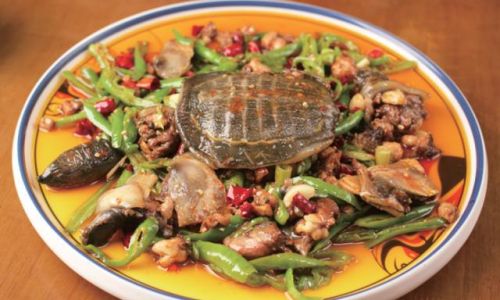
So, gather your ingredients, fire up your pot, and embark on this culinary adventure. Let the flavors guide you, and let the process be your teacher. In the end, you’ll have a dish that is as much a testament to your culinary skills as it is a celebration of the rich tapestry of flavors that make up the world of food.
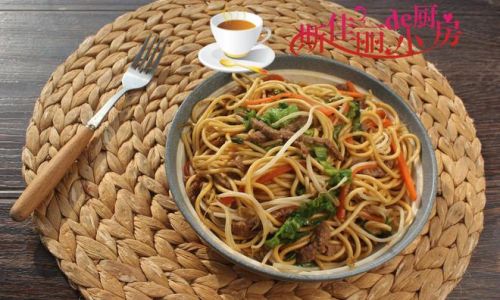



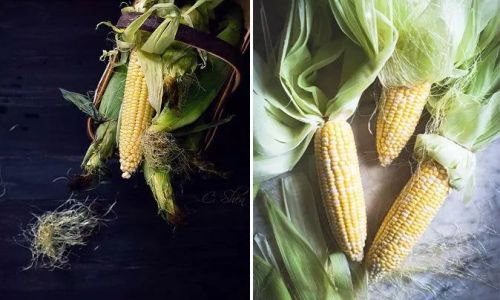

0 comments